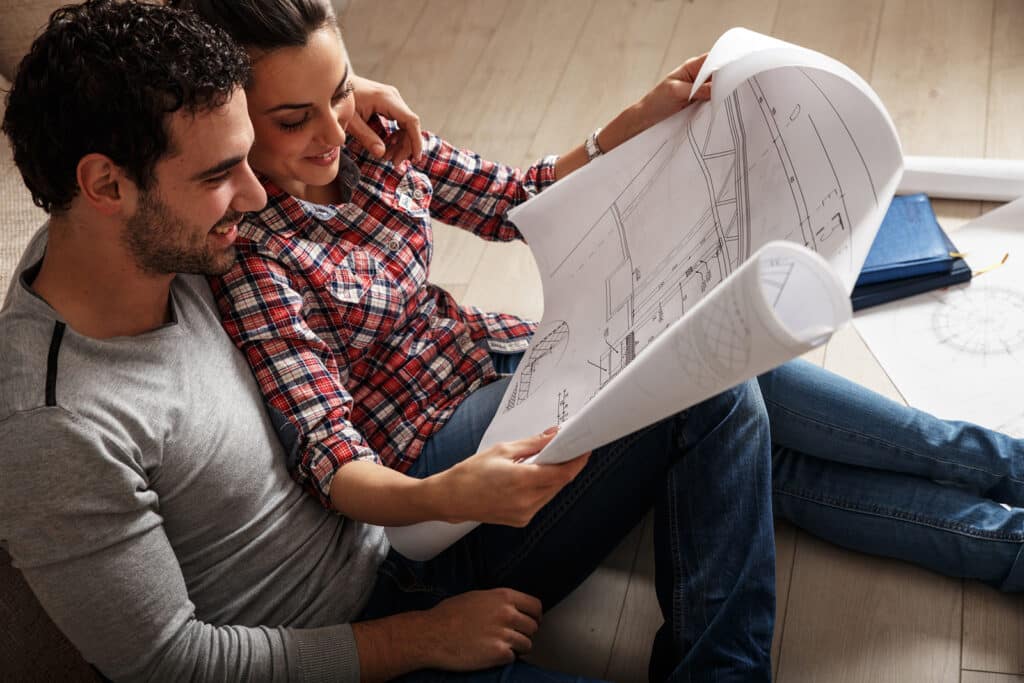Caring for a reactive dog can be very challenging. Some reactive dogs are all bark and no bite. Others may really be aggressive and seek to cause damage. Sometimes you’re not sure whether a dog that is behaving aggressively really would cause any harm or not.
Regardless, special care is needed to keep these dogs safe and to protect others from them. Kenneling can be a great solution for reactive dogs, but it’s essential that it’s done appropriately.
Here are some tips to help you kennel your reactive dog safely and keep them happy.
Why Might You Want to Kennel a Reactive Dog?
Reactive dogs are often frustrated dogs. In this case, it may seem that kenneling will only worsen rather than improve the situation.
However, when done properly, kenneling can be a valuable tool for improving a reactive dog’s reactivity and keeping them safe. Here are some times when kenneling is essential to caring for the reactive dog:
- Protect service people or guests. Your reactive dog may do just fine with your family, but they may be very reactive to strangers. Kenneling is a way to safely get your dog out of the house and protect them from the stress of being around strangers and protect your guests from a potentially aggressive dog.
- Crate and rotate. Sometimes, two dogs that previously got along very well suddenly become intensely aggressive with one another. When families are unwilling to part with either dog, crate and rotate may be the solution. A kennel is a perfect way to keep both dogs safe and comfortable during alone time and alternate giving them time with the family.
- For training. Sometimes, a reactive dog can’t be trusted with the family until they have been trained. This may be true of severely resource guarding dogs or dogs with unpredictable aggression. A dog kennel for reactive dogs is a safe place for them to relax and have their food or toys where you won’t have to worry about stumbling into their space and causing an aggressive episode.
Place the Kennel in a Private Location if Your Dog is Reactive to People
A reactive dog’s behavior may worsen if they are constantly exposed to stimuli that cause a reactive response. If your reactive dog’s kennel is near a path or driveway, close to a road, or somewhere that they are constantly exposed to gardeners, service people, etc, they may constantly be triggered and feel the need to respond.
The person who is triggering the aggression will typically go away after being barked at, either because they are frightened away by your dog or because they simply go away in the course of their own business.
This reinforces to your dog that barking and behaving aggressively caused the person to leave, which makes it much more likely that they will bark and behave aggressively again. Furthermore, being unable to reach the target of their reactivity can be very frustrating for dogs, which can cause the behavior to intensify over time.
Kenneling your reactive dog somewhere that they will frequently be triggered by people nearby can cause reactivity to get worse or cause reactivity to turn into real aggression. Try positioning the dog kennel for reactive dogs behind a privacy hedge, in the back of your property where people are unlikely to go, or use landscape fabric or another type of privacy shield to keep your dog from seeing people near the kennel.
Keep Dog Reactive Dogs from Seeing One Another
Place reactive dog’s kennels back to back instead of side by side. If a dog reactive dog is kenneled in such a way that they can see the other dog in its kennel all the time, it will constantly be triggered and frustrated, causing a lot of stress and elevating aggression.
It is sometimes thought that by allowing dogs to see each other, the aggression will be reduced over time, but this is very rarely the case. In fact, when people want dogs to be aggressive to each other, such as in the case of illegal dog-fighting, dogs are typically chained up just out of reach of one another. Over time, the frustration of not being able to get to the other dog escalates aggression.
Even dogs that are not initially aggressive towards other dogs may become so if kept just out of reach of one another.
If you have two kennels, you can place them back to back so that you can conveniently tend to both dogs without them being able to see each other or sharing a fence.
If you have a dog that is reactive to another dog on your property, you may “crate and rotate” so as to give both dogs time out of their kennel to run and play safely. A kennel can be a great tool for such a lifestyle since it gives dogs plenty of room to stretch out and be comfortable when they’re contained.
However, it’s essential that the dog who is loose isn’t allowed to antagonize the dog who is in the kennel. Dogs can cause an astounding amount of damage to one another through a fence, so don’t count on the fence keeping your dogs separated if they would like to fight.
Furthermore, allowing one dog to approach a kenneled dog will be very frustrating for the dog in the kennel, which can make aggression worse. The best solution for this situation may be to keep the dog who is in their kennel in the interior portion, where the loose dog can’t approach.
This is the perfect time to give your dog a chew toy or a stuffed food distributing toy to occupy them in the interior portion of the kennel until the other dog is put up or in the house.
Try a White Noise Machine or Music
Dogs have extremely good hearing. You may find that your reactive dog is triggered by even the slightest sounds from the road, a neighbor’s property, etc. If your dog is heavily triggered by the sounds of people or other dogs nearby, it can be helpful for some dogs to have white noise playing in their kennels.
A white noise machine isn’t expensive, but it can make a big difference in reducing reactivity in your sound-reactive dog. It is certainly still possible that your dog will hear sounds they react to over the sound of the white noise, but for many dogs, it can be surprising how big of a difference using white noise can make.
Some dogs seem to be soothed by music, so this is also an option to experiment with to see if it will reduce the level of reactivity.
Design the Kennel to Avoid Contact with Dogs that are Reactive to People
If you have somebody who takes care of your dog who your dog is reactive to, it is essential that the kennel can be thoroughly cleaned and food and water supplied while avoiding contact with the dog.
Perhaps you have a dog that resource guards or is unpredictably aggressive that you are working with. Maybe you can interact just fine with a dog but someone else in your family triggers aggression.
Whatever the case may be, it is important to be able to provide care without contact if necessary. Choose a kennel with a guillotine-style door so that the dog can be locked in the inside or outside portion so that the other part of the kennel can be cleaned safely.
Food and water dishes that can be accessed from the outside and slipped into a designated door enable you to care for your dog without risking a bite as you set a food or water bowl in the kennel.
Double Doors for Dogs That Need to be Contained on Leash or Have Barrier Aggression
Often, a reactive dog needs to be handled in a particular way. Perhaps a muzzle needs to be put on before you go on a walk or you need to attach both a collar and a harness to be absolutely certain that your dog won’t escape from your control and hurt somebody on a walk.
In such cases, it’s a good idea to choose a kennel that has a two-door setup so that you don’t have to worry about your dog pushing past you and getting out of your control. You can go into the kennel space, close the outside door, and then let your dog out of their kennel.
This way, you can safely get your dog geared up for their walk without worrying that they will shove past you and cause a problem.
This is also a great solution for dogs that have barrier aggression. These dogs may behave aggressively if you try to approach them directly in their kennel, but may be fine if allowed into a neutral space with you.
Eliminating the moment when the door must be opened and the dog handled allows the dog to come out of the kennel in their own time, interact freely with you in the neutral space, and be calm and easy to handle when you are ready to put on their leash or other equipment.
Choose a Very Secure Kennel
It may go without saying that it’s extremely important that your kennel doesn’t fail when you have a reactive dog. The last thing that you want is a dog that is out of control to break through the fencing, cause a door to open, or otherwise get loose.
The kennel you choose should have secure locking mechanisms on the doors that your dog won’t be able to figure out how to open. Flooring should be chew resistant so your dog won’t be able to chew or dig a hole out.
Fencing should go all the way up to the roof of the kennel to prevent a dog from climbing or jumping out. Chain link is fine for many dogs, but for very powerful or persistent chewers, it may be better to choose welded wire to make absolutely certain that your dog won’t be able to break loose.
Use a Kennel to Your Advantage for Your Reactive Dog
A kennel can be an amazing way to train a reactive dog and keep them safe and happy. However, careful planning and management is essential to kennel the reactive dog safely and effectively. By keeping these tips in mind, you’ll set yourself and your reactive dog up for success.


















